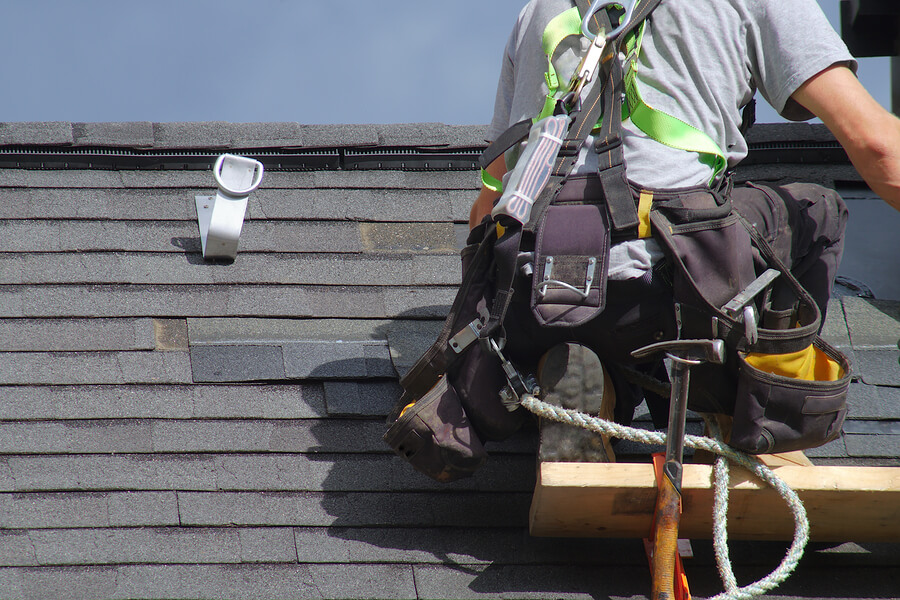Roof inspections are important for identifying potential points and ensuring the longevity of your roof. Regular inspections may help detect issues early, preventing expensive repairs or replacements down the road. Here are some frequent strategies and steps for conducting a roof inspection:

Visual Inspection:
a. Exterior Inspection:
Start by analyzing the roof from the ground using binoculars or by safely climbing onto a ladder to get a more in-depth look.
Look for visible indicators of injury, similar to lacking or broken shingles, curling or buckling shingles, or free or deteriorated flashing round roof penetrations.
Check for debris, moss, algae, or lichen development on the roof, which may point out moisture-related issues.
Inspect the gutters and downspouts for granules from shingles, as extreme granule loss can sign shingle wear.
b. Interior Inspection:
Go into the attic or crawl house and inspect the underside of the roof deck for indicators of leaks, moisture, or water stains.
Look for daylight coming via cracks or holes in the roof deck, which may indicate roof damage.
Check for signs of insulation damage, mould, or mildew progress, which can end result from roof leaks.
Roof Walk:
a. If it's safe to take action, walk on the roof floor to examine it up close.
b. Be cautious and put on acceptable security gear, such as non-slip footwear and a safety harness if wanted.
c. Look for Roof Repairs or spongy areas, which may indicate underlying injury.
d. Check for unfastened or damaged roofing materials, as nicely as indicators of put on and tear and tear.
Moisture Detection:
a. Use a moisture meter to detect hidden moisture within the roof construction and insulation.
b. Moisture detection can help identify leaks or areas of potential water intrusion that will not be visible.
Drone Inspection:
a. Drones equipped with cameras can present a complete view of the roof surface with out the necessity for direct physical access.
b. A drone inspection could be particularly useful for larger or hard-to-reach roofs.
Professional Inspection:
a. Consider hiring an expert roofing contractor or inspector to conduct an intensive inspection.
b. Professionals have the expertise, tools, and experience to establish points that may not be apparent to a home owner.
Documentation:
a. Document your findings with photographs and notes to create a document of the roof's situation.
b. This documentation could be useful for tracking adjustments over time and for insurance claims or repairs.
It's necessary to carry out roof inspections often, ideally at least once a year, and after extreme weather events like storms. Additionally, should you're not comfortable or assured in your capacity to perform a roof inspection safely, it's advisable to rent a qualified roofing skilled to ensure an intensive and accurate assessment of your roof's situation..
